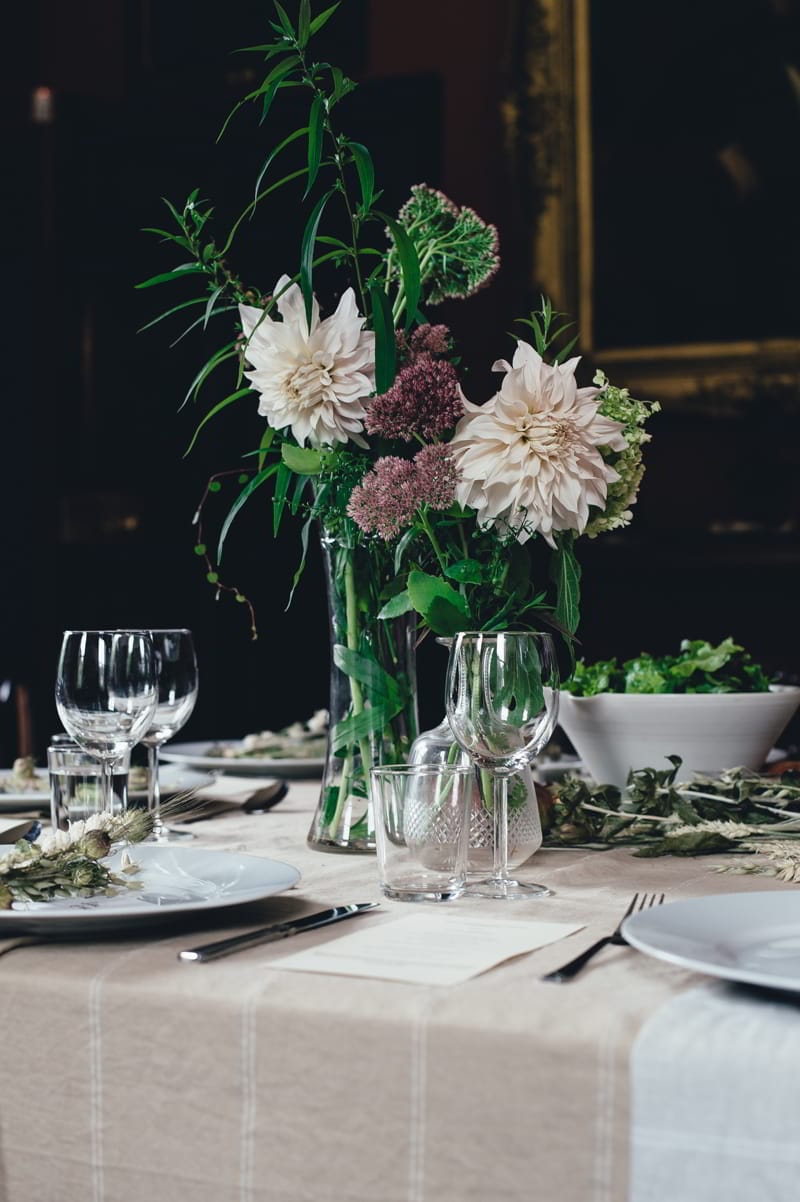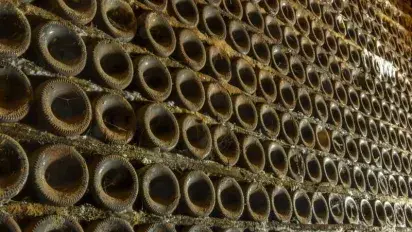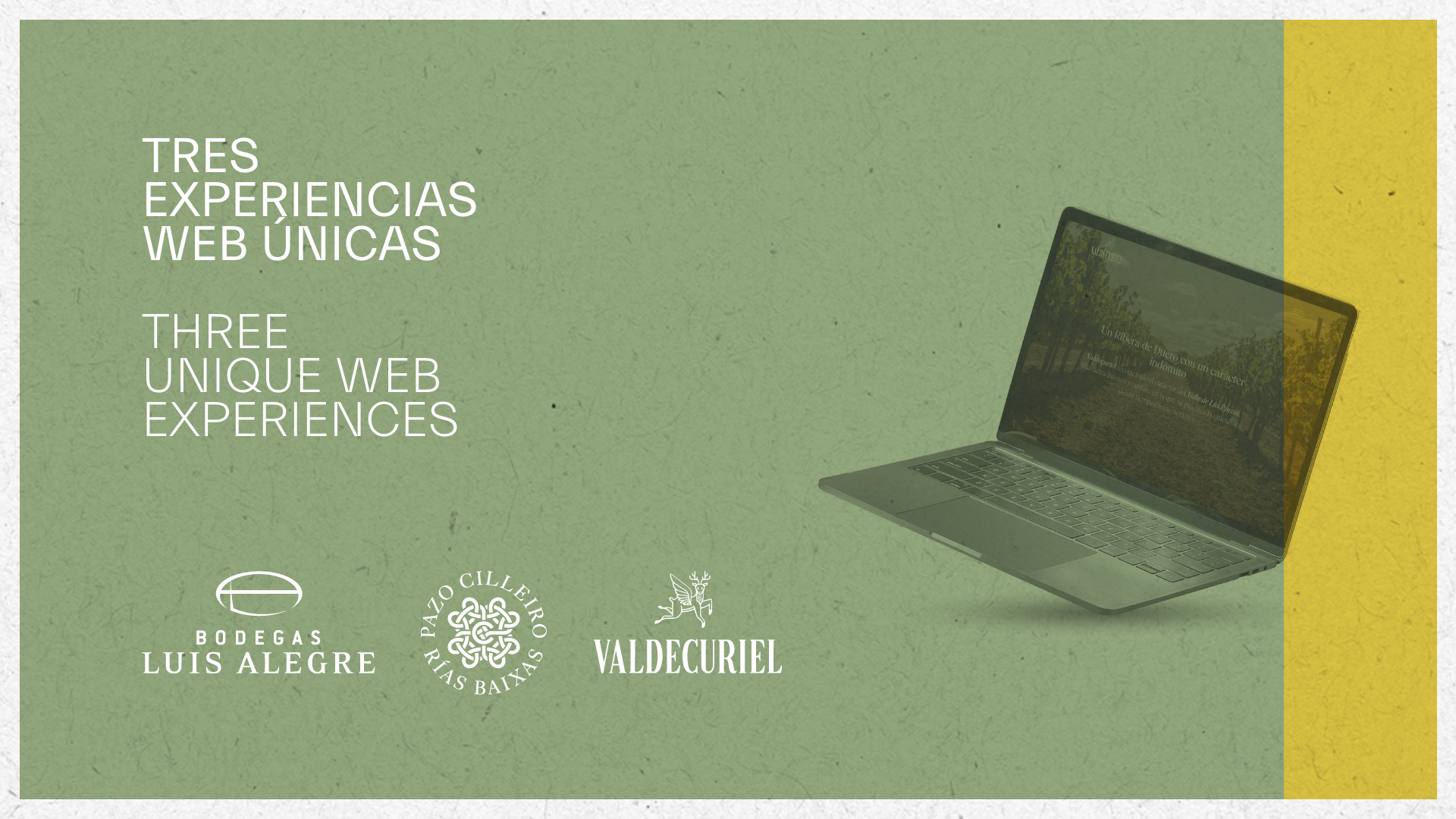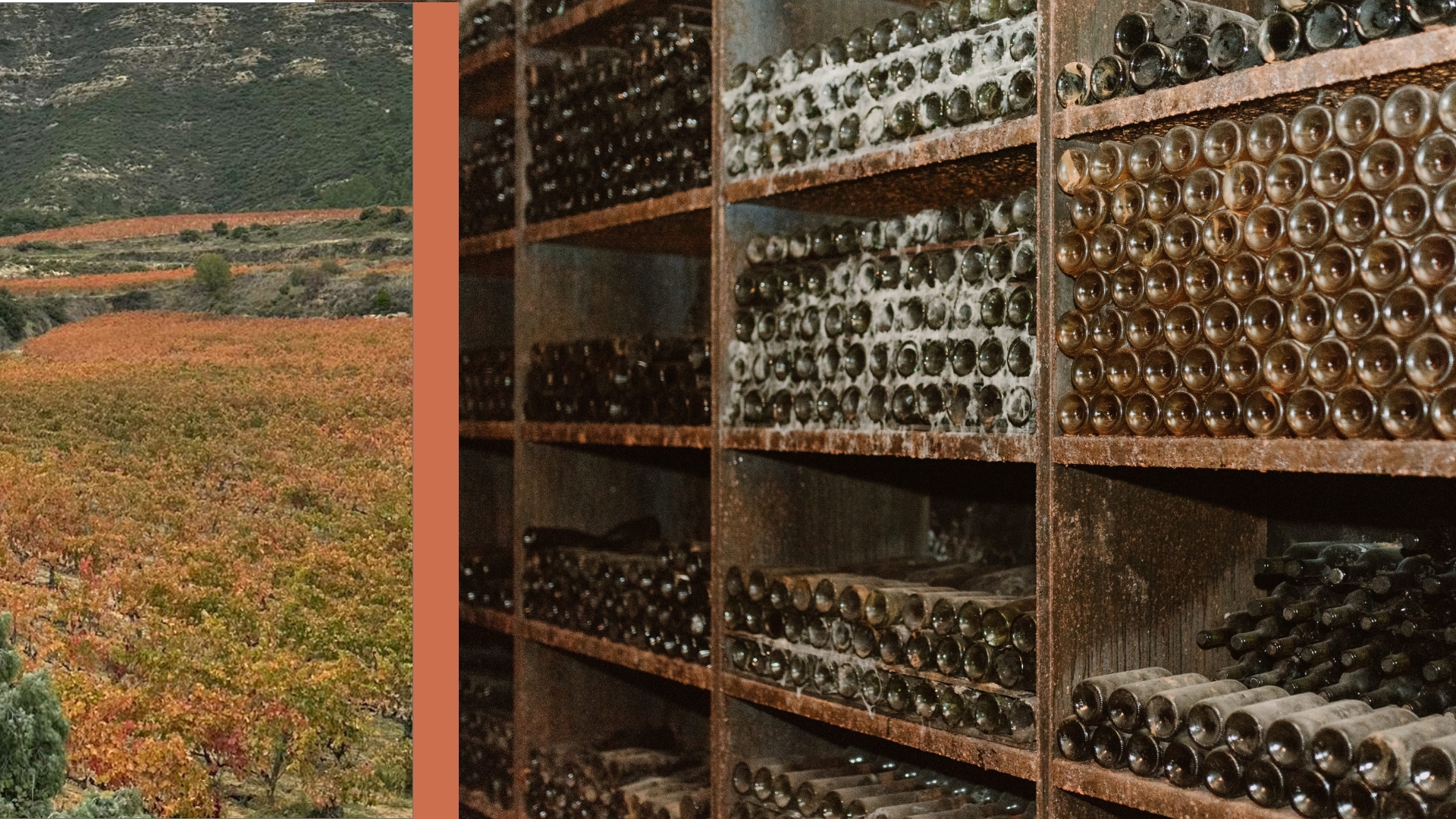We have invited Elena and Juanma to sit at the table with several bottles of Conde de los Andes Historic Collection. Elena runs a wine shop, is a Wine & Spirits Education Trust graduate and has worked for several years in the export departments of various wineries. He is an occasional wine drinker and, although he is getting more and more into wine, he still doesn't even see himself as a wine aficionado.
Occasionally, in recent months, Juanma has been buying wines in Elena's shop. He recently discovered some old Conde de los Andes vintages on the shelves and they immediately caught his attention. Until then, he thought that wines could age in the bottle for some time, especially the Reservas and Gran Reservas, but he had never seen wines that were 10, 30 or even 50 years old.
(Juanma) How can wines be so long-lived?
(Elena) Back then, the people in charge of the winery decided to put away a number of bottles from selected vintages when they realised the extraordinary quality and ageing potential of these wines. This means that, given their quality and as long as they were adequately cellared, they could slowly develop into wines with unique finesse. And indeed that?s what?s happened.
What does 'adequately cellared' mean?
Well, it is a matter of preserving these bottles under stable, constant temperature and humidity conditions. This consistency over time is what enables them to evolve properly.
What's so special about them?
Complexity is their fundamental virtue. The feeling that they have many layers. This is perceived on the nose, with subtle aromas, sometimes sharp, sometimes sweet, sometimes unfamiliar. On the palate they can be juicy, toasty, balsamic and all things at the same time. The body and fruit they possessed when young has developed into a deep, fine structure. They can even become enigmatic in character.
I can tell you like them, Elena!
They can be quite unique. Think of all the years that have passed since the grapes were harvested... They are proof that wine, great wine, is alive and eternal.
Is it possible to know whether a vineyard is suitable for its resulting wine to become a historic, long-lasting cuvée?
Experience tells winegrowers and producers whether an individual plot is particularly suitable for their wine to age gracefully.
And does it always have to be an old vineyard?
Not necessarily, although when a very old vineyard is properly farmed and looked after throughout its life, it is more likely to produce a great historic wine. As its roots go deep into the healthy soils, they develop a greater ability to absorb mineral elements that provide extra layers of complexity and balance. It may sound mysterious, but there is indeed an element of mystery in this idea of a wine's long life, isn't there?
Is there an age limit on wine?
Not on paper, no. It depends on how well the wine is cellared and whether the wine itself has the capacity to age for a very long time. Remember that there are wines from the 19th century that are in good condition. Obviously, there aren't many of them and they cost a fortune. As a matter of fact, they are out-of-the-market library gems. But the Conde de los Andes Historic Collection contains a 1970 red and a 1983 white that have really surprised me with their energy and essence and the feeling of being in front of something transcendental... Opening one of these bottles gives you goosebumps.
By the way, how should they be opened?
With great care, as cork stoppers this old are delicate and can break or even crumble. Another amazing element: how something so humble as a cork can simultaneously restrain and micro-oxygenate the wine for a decade.
 "
"
You may also be interested in:




